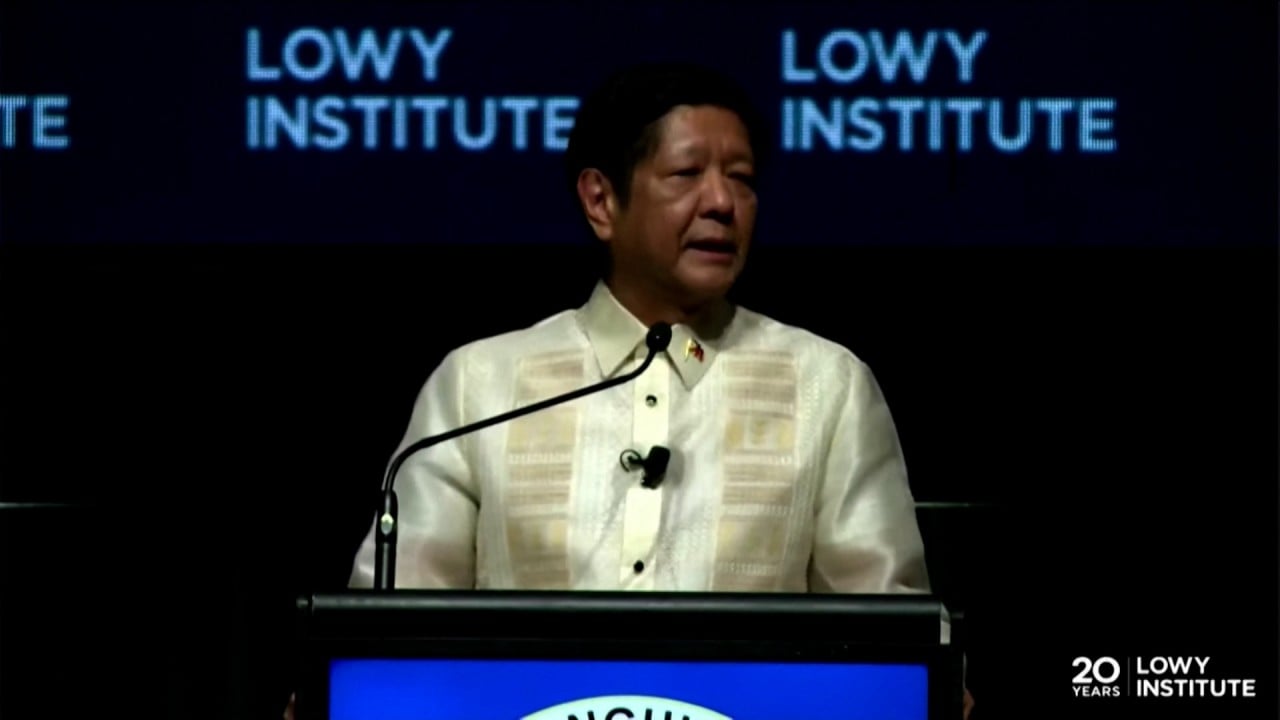South China Sea disputes: can Beijing keep it bilateral despite high-seas clashes?
- Beijing’s high-handed assertion of maritime claims has drawn international censure, putting its preferred approach of bilateral solutions at risk

Beijing is deeply concerned about the internationalisation of the South China Sea dispute, according to observers, even as its high-handed approach to asserting its expansive claims to the resource-rich waters spark concern, criticism and even resentment.
“The South China Sea issue has long been internationalised, which is definitely not something Beijing would like to see,” a senior researcher from the government-linked Chinese Academy of Social Sciences (CASS) said on condition of anonymity. “But that’s the new reality we have to live with.”
Manila has also expanded its network of security partnerships – including with Japan, Australia, India and the European Union – and dialled up protests against what it says is Beijing’s aggressive behaviour in the disputed waters.
More worryingly for Beijing, according to the CASS researcher, a growing number of countries in Asia, Europe and beyond have followed Washington’s lead in not only putting forward Indo-Pacific strategies but also sending warships to the South China Sea for patrols and exercises.

